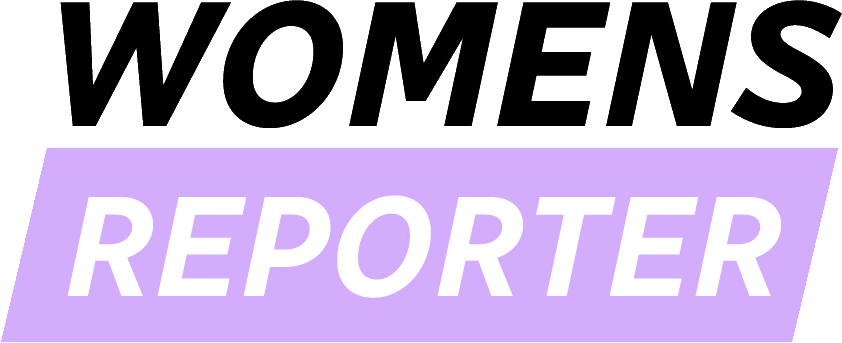Understanding Burnout in Women Leaders
Despite advancements in gender equality, women in leadership roles continue to face significant challenges, including higher rates of burnout. A recent discussion highlighted notable comments by Mark Zuckerberg, who suggested that companies need more ‘masculine energy,’ a perspective that may hinder progress in women’s leadership opportunities.
Defining Burnout
The World Health Organization categorizes burnout as a syndrome resulting from chronic workplace stress, characterized by:
- Significant exhaustion or depletion
- A sense of detachment from one’s job
- Reduced productivity and efficacy
Burnout transcends mere fatigue; rather, it encompasses emotional and mental exhaustion. As professionals, many—particularly women—report that despite temporary relief from work absences, returning triggers the same feelings of disconnection.
The Gender Gap in Burnout
Research from McKinsey & Company shows that women in professional settings report higher stress levels. Burnout is not simply a reflection of workload but is intricately linked to systemic biases that disadvantage women both professionally and personally.
Reasons for Increased Burnout Among Women
Multiple factors contribute to heightened levels of burnout in women leaders:
1. Workplace Gender Biases
Gender-related biases in organizations often result in unequal rewards for equivalent work. Studies indicate that women receive fewer bonuses than their male counterparts despite similar hours and performance. This disparity compels many women to work longer hours in a bid for recognition, which paradoxically heightens their risk of burnout.
2. Domestic Gender Responsibilities
Women also face disproportional caregiving roles at home, amplifying their stress levels. Data from the 2022 American Time Use Survey illustrates that women engage in more unpaid domestic work, which includes childcare and eldercare, leaving them with less personal time. Even in managerial or leadership roles, women often juggle both professional and home responsibilities, leading to increased pressure and burnout.
3. The Challenge of Authenticity
Women leaders frequently find themselves navigating complex social expectations that may require adopting traditionally masculine traits, such as competitiveness and assertiveness, to fit into corporate cultures. This constant performance creates emotional fatigue and conflicts with their authentic selves. Consequently, many women may feel that they must suppress their natural leadership styles to succeed.
Navigating the Path Forward
Addressing burnout involves recognizing its underlying causes and developing strategies that promote well-being:
- Reassess Priorities: Women leaders may benefit from evaluating their commitment to “proving” their worth through excessive work hours. Challenging these norms can help establish a healthier work-life balance.
- Delegate Responsibilities: Sharing domestic duties can significantly lighten the mental load. Open communication with partners and family members about equitable distribution of responsibilities is vital.
- Embrace Authentic Leadership: Encouraging authenticity in leadership invites women to integrate their unique strengths, such as empathy and collaboration, into their work style, thus fostering a healthier and more effective leadership approach.
Conclusion
Women leaders encounter burnout at alarming rates due to systemic gender biases both in the workplace and at home. These challenges compel many to operate from a place of performance rather than authenticity, leading to emotional exhaustion. By addressing these underlying issues, organizations can better support women leaders in achieving not only success but also well-being.
